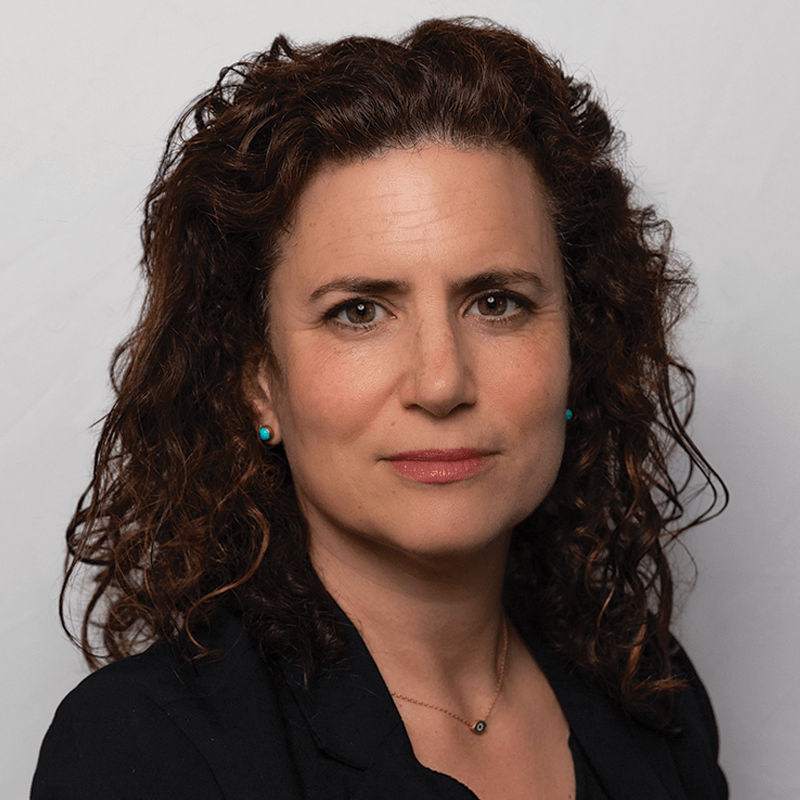Pope Leo XIV, in his first official appearance, greeting the waiting crowd from the Vatican balcony. Courtesy of Getty Images
Once upon a time, popes used their given names. But then a guy named Mercurius got the job and everyone decided that a Christian leader named after a pagan Roman god wouldn’t do, so he took the name John II. Afterwards, it became common practice for popes to take new, papal names. And in the past century or so, those names took on special significance, as a tool to symbolize the direction and priorities of their papacy.
Which brings us to our newest pope, who has chosen the name Leo. He’s far from the first to do so; he’s Leo XIV — it’s the fourth most common papal name. But what does it mean to become number 14 in the line of papal Leos? It’s a tricky question, especially given the multitude of Leos. And it requires some near-Talmudic analysis to piece together.
The dynasty of Leos began in 440 with Leo the Great. He was, as you might guess from the name, a big deal; he’s also a saint now. He was a successful political leader, most famously talking Attila the Hun out of sacking Rome. But he was also one of the first church scholars, writing an influential tome — Leo’s Tome, naturally — on the personhood of Jesus, elucidating the exact ways in which he was both human and divine. This might sound esoteric, but was a major source of conflict at the time, and Leo I saved the church from a schism. Relevantly, as he united the church, he also affirmed the ultimate authority and power of the pope.
According to a Vatican spokesperson, Leo the Great was one of the inspirations behind Leo XIV’s choice. Perhaps he wants to be as powerful and saintly as Leo the Great. But there have been 12 other Leos to consider.
A lot of the middle Leos aren’t noteworthy, at least theologically. Leos II, V and VI were pope for only a year or less each, while Leos III, IV, VII, VIII were more interested in politics — influencing royal marriages, waging wars — than church leadership.
Once we hit Leo IX, however, things get interesting — and the theme of schism returns. Leo IX (who became pope in 1049) worked to pull the church into stronger uniformity, but his stringencies set off the schism that ended up splitting Christianity into the Roman Catholic and the Eastern Orthodox churches. And the next Leo, in 1513, would become one of the most famous — or infamous — popes, thanks to the fact that he failed to stop the Protestant Reformation.
The first of what would be four popes from the wealthy and influential Medici family, Leo X relied on indulgences, inspiring Martin Luther to write his Theses. Leo X spent church money, quite literally, on indulgence; he was a profligate spender on the arts, music — he spent nearly as much on musicians as goldsmiths — finery and other pleasures, like his pet elephant, Hanno. (He also blew a lot of the budget on the dynastic wars that inspired Machiavelli to write The Prince.)
But the next Leo, XII, was a rejection of everything Leo X stood for. (Leo XI, also a Medici, died after less than a month of occupying the Holy See, so we’ll skip him.) A deeply conservative pope who took the role in 1823, he opposed the kind of luxuries and indulgences — both ecclesiastical and literal — that Leo X is remembered for. He required all schooling to be in Latin, threatened excommunication for any seamstress making low-cut dresses and possibly opposed vaccination. He also outlawed property ownership for Jews, and brought back laws from the Middle Ages requiring Jews to wear identification and segregate themselves; most of them emigrated out of Italy in response. (As a result of all of these policies, he was deeply unpopular.)
Which brings us to the most recent Leo, lucky number 13 and one of the longest reigning popes in history, occupying the Chair of St. Peter from 1878 until 1903. He was socially liberal — such a major proponent of trade unions, workers’ rights and the importance of morality limiting capitalism that he was popularly called “the Social Pope” and “the Pope of the Workers.” He tried to bring the church into dialogue with the modern world, affirming that science and religion can coexist and he even opened the Vatican’s Secret Archives to researchers. But, in a 1895 encyclical, he also exhorted American Catholics to oppose the separation of church and state and decried the cultural liberalism he saw in American Catholicism.
This mottled history of Leos makes the name of the current Pope Leo tough to decode. And, indeed, both conservative and liberal Catholics have asserted that the name Leo bodes well for their interests — liberals point to the social liberalism and attention to the poor of some Leos, while conservatives emphasize the powerful rule of others.
If Leo XIV was inspired by Leos IX and X, that would imply that he is unafraid of schisms in the church. (And, perhaps, that he’s a fan of finery; unlike Francis, he did wear the full papal regalia in his first appearance.)
As the first American pope, Leo XIV may have been chosen to help quell schismatic murmurings among American Catholics, who tend to be conservative and rankled under Francis’ liberalism. But Leo XIV, by American measures, is not a conservative; it’s unclear if he will be as liberal as Francis on questions of gay marriage, but he is a proponent of immigration and, before his papacy began, tweeted criticism of JD Vance. And some of his views, including a strong endorsement of Vatican II — a doctrine that, among other things, struck down Latin Mass and emphasized ecumenicalism, positions which are increasingly unpopular in the U.S. — make it seem as though he is unconcerned with an American schism.
But going by Leos I and XIII, he might also be a doctrinaire who, while embracing modernity, also emphasizes the power of the church and the supremacy of its doctrines. (Though Leo XIII was also big on trade unions and the poor, which are traditionally liberal positions, at least in the U.S.) This would be popular with conservatives, particularly tradcaths who emphasize dogma and ritualistic practices such as wearing scapulas or rosaries.
A Vatican spokesperson said that Leo XIV was thinking especially of Leo the Great and the most recent one, Leo XIII. That means that everyone, and no one, is probably correct. Sure, the newest Leo has already demonstrated his commitment to the poor and marginalized, making him a “woke pope” according to some online. But he’s also likely a fan of dogma, doctrine and strong papal rule, endearing him to conservatives. (He is also a registered Republican; I’m trying to keep my analysis to historical Leos, but that is an undeniably strong piece of evidence for conservatism.)
Most importantly for Jews, however, our newest Leo made no mention of Leo XII, the Leo who brought back Middle Ages-style antisemitism. That, at least, is a blessing.

I hope you appreciated this article. Before you go, I’d like to ask you to please support the Forward.
Now more than ever, American Jews need independent news they can trust, with reporting driven by truth, not ideology. We serve you, not any ideological agenda.
At a time when other newsrooms are closing or cutting back, the Forward has removed its paywall and invested additional resources to report on the ground from Israel and around the U.S. on the impact of the war, rising antisemitism and polarized discourse.
This is a great time to support independent Jewish journalism you rely on. Make a gift today!
— Rachel Fishman Feddersen, Publisher and CEO

